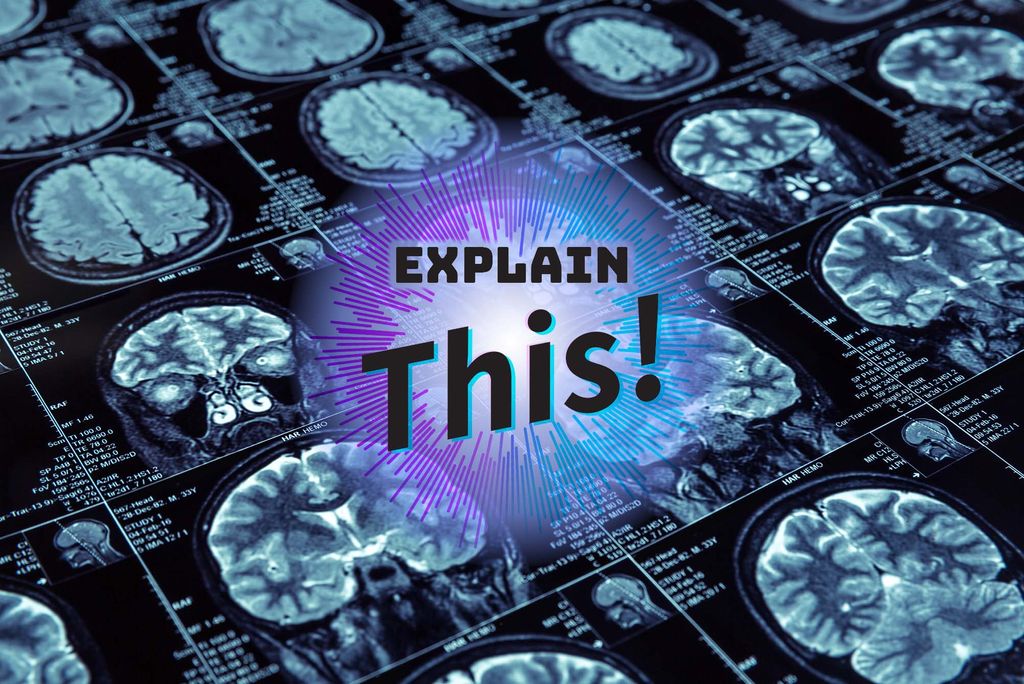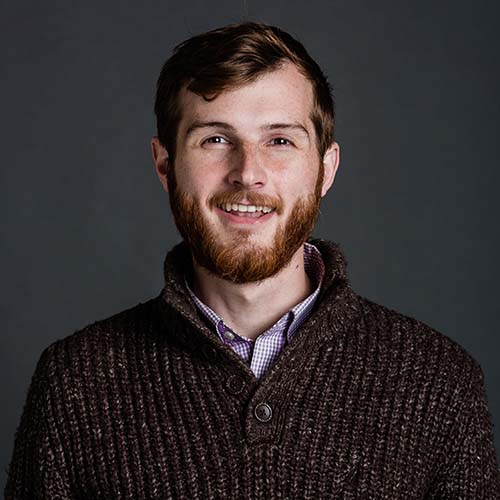记忆是如何工作的?

Photo via iStock/Nomadsoul1
记忆是如何工作的?
In this unforgettable debut episode of The Brink’s new podcast, BU neuroscientist Steve Ramirez explains how memories are created, stored, and recalled in the brain
You can also find this episode on Spotify, YouTube, and other podcast platforms.
Explain This! is a podcast from The Brink that helps you make sense of the world. From how memories work to the way language evolves and everything in between, we ask Boston University researchers to break down topics—big and small—and tell us how their work is shaping the future.
In our debut episode, The Brink’s science writer Jessica Colarossi sits down with Steve Ramirez (CAS’10), a BU College of Arts & Sciences assistant professor of psychological and brain sciences, to discuss his lab’s research on how the brain records and stores memories. Ramirez’s team relies on a biological technique called optogenetics that lets them view memories as physical phenomena in the brain—a process known as engram mapping. We asked Ramirez about where memories are stored, the differences (and similarities) between human and nonhuman memories, and how memory-manipulating technology could be used to alleviate symptoms of PTSD in a clinical setting.
Takeaways
- Memories don’t live in a single point in the brain.
- Memory is malleable—and negative ones can be updated with more positive information.
- Scientists need to prepare safeguards to prevent the potential future abuse of memory manipulation technology.
Transcript
Jessica Colarossi: You’re listening to Explain This!
The Brink: Our new podcast from The Brink explores big and small pictures of research done at Boston University, from microbiology to art history and everything in between. Join us as we interview on-campus experts who break down areas of study and put their work into real-world contexts.
Steve Ramirez: Any biological organism has evolved the capacity to have memory. And I think that that’s a testament to how useful memory is.
JC: Steve Ramirez researches how memory is physically stored in the brain, and how memories can even be manipulated to alter negative or positive memory experiences. He and his team use sophisticated, genetics-based tools called optogenetics—more on that later—that essentially light up the neural pathways in the brain that holds a memory, making a memory a visible map called an engram. His research has revealed that good and bad memories actually look different in the mice that they study, illuminating the possibility of using memory manipulation as a way to treat mental health disorders like PTSD and depression. Steve Ramirez, thank you so much for joining us.
SR: It is my pleasure to be here.
JC: Let’s start out with a general question: Where are memories stored in the brain?
SR: We used to think that memories lived in some corner of the brain that you could go in and study and look at and poke at. But one thing that we’re realizing, in the past probably decade or so of research, says that the sights and sounds and smells and emotions of a memory are going to recruit different parts of the brain that are involved in processing the sights and sounds and smells and emotions of an experience. Those areas are distributed throughout the brain, so they exist in 3D. So we can think of it as, a memory does not exist as a single, XYZ point in the brain, but it exists more as this three-dimensional web activity distributed throughout the brain that brings the richness of a given memory to life.
JC: So how do memories work? Is there a physical process that takes place when you create a memory?
SR: Yeah, so there is a physical process that the brain uses to convert [an] experience and store that experience into memory. How that works is kind of the million dollar question here. You know, when you form a given memory—everything from the DNA and brain cells to the brain cell’s activity itself to how brain cells are coordinating their activity among each other—all of those different levels of analysis are undergoing some kind of change to make that experience possible in the brain. Now, how long those changes last for probably is for the lifetime of a memory, which, as far as we know, the lifetime can last for the lifetime of an individual, for that matter. So I think that the physical changes that happen are everywhere from genes all the way up to millions of brain cells coordinating their activity, like an orchestra together to make memory possible.
JC: So your lab studies this in rodents? How do you examine the memories of a mouse? And how is it different from studying memories in humans?
老
JC: Those glowing green cells that you mentioned, are those engrams?
老
JC: Absolutely, that’s a great way of thinking about it. And so let’s get into that more. I’m curious about false memories. What accounts for those?
老
JC: So interesting to think about. So how do you hope your research will help people with memory and mental health disorders like PTSD?
老
JC: Do you ever worry about this kind of technology, memory manipulation, getting into the wrong hands?
老
JC: So how far are we from translating this technology to humans?
老
JC: Speaking of technology, and these kinds of advancements, are there similarities between brain memory and computer memory?
老
JC: Do plants and fungi and non-human animals have a memory, too? Do we know?
老
JC: What a wonderful note to end on, thinking about us as star stuff. Thank you so much, Steve,
SR: It’s my pleasure.
TB: Explain This! is a podcast produced by The Brink at Boston University. This episode was mixed by Andrew Hallock and edited by Sophie Yarin. To learn more about us go to bu.edu/brink. Stay curious out there, folks—we’ll see you next time.
This Series
Also in
Explain This!
-
May 13, 2024
Explain This! How Do Planets Form?
-
April 1, 2024
Do Alcohol Ads Promote Underage Drinking?
-
March 1, 2024
What Is Language and How Does It Evolve?




Comments & Discussion
Boston University moderates comments to facilitate an informed, substantive, civil conversation. Abusive, profane, self-promotional, misleading, incoherent or off-topic comments will be rejected. Moderators are staffed during regular business hours (EST) and can only accept comments written in English. Statistics or facts must include a citation or a link to the citation.